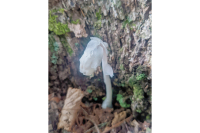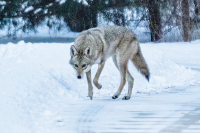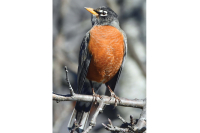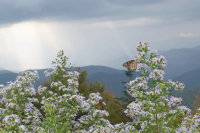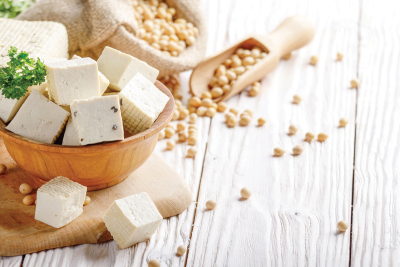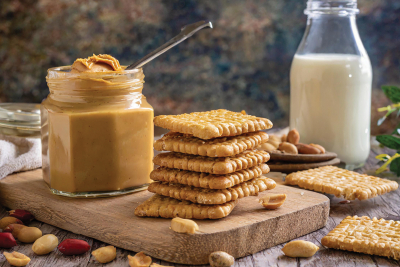Notes from a plant nerd: Going to seed
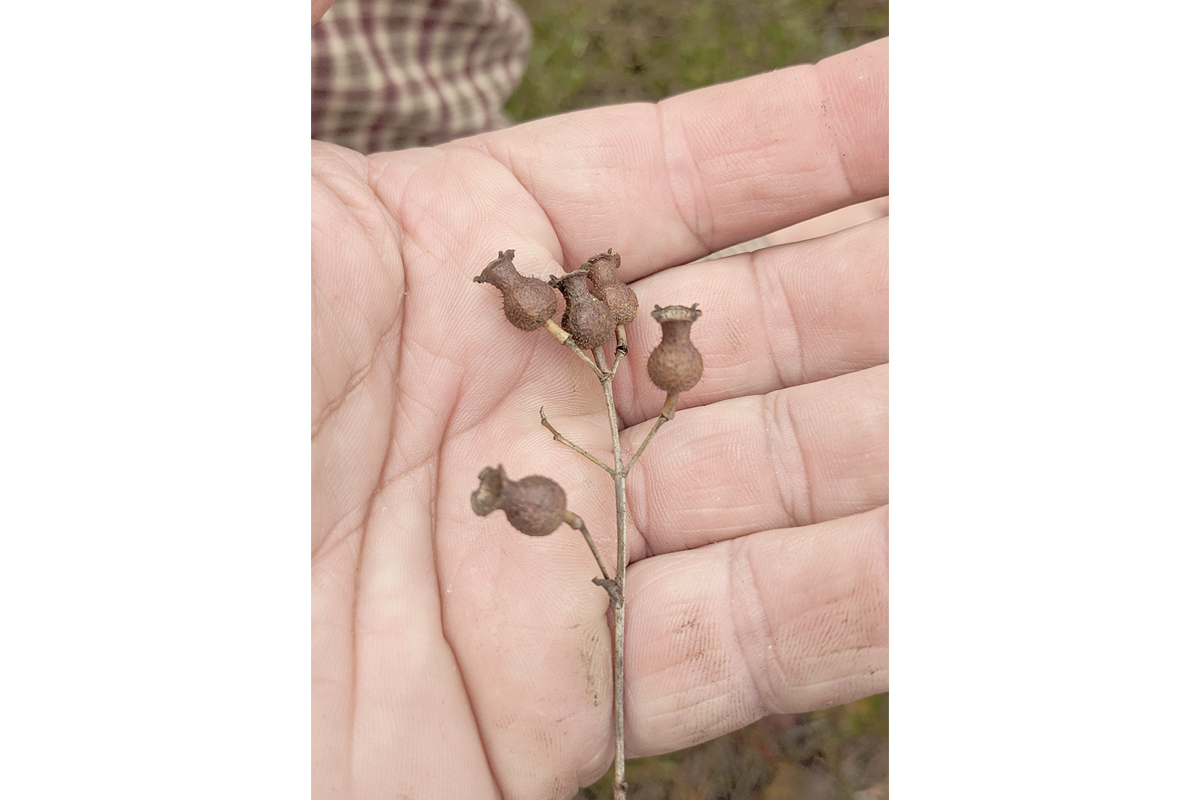 The seed pods of the meadow beauty plant resemble clay pots. Adam Bigelow photo
The seed pods of the meadow beauty plant resemble clay pots. Adam Bigelow photo
Want to hear a corny joke about an oak tree? That was it.
Why is it that in modern usage, seeds have mostly negative connotations in sayings and phrases? If something is seedy, as in “That’s a seedy operation,” it is sordid and disreputable, shabby and squalid or unwell, according to a quick dictionary search. And the phrase “gone to seed” means that something has become much less attractive, healthy or efficient, as in “This country has gone to seed.”
But these usages couldn’t be farther from the truth. A seed is a living being, filled with all the potential of the mature plant that produced it. The full genetic expression of the plant to come is contained within each seed produced. And in most cases, the energy required to begin its growth is in there too.
All seeds contain the first new leaf, or cotyledon, and the first new root, called the radicle. In all seeds, except those produced by members of the orchid family (Orchidaceae), there is a store of energy called the endosperm that helps get the newly emerging root and leaves growing and on their way until the cotyledons can begin photosynthesizing to produce their own food energy. The first to emerge from the germinated seed is the root, so remember that to ensure good growth, the first thing one needs to do is get radical.
Orchids are different, however. Their tiny, dust mite-sized seeds do not contain an endosperm and are reliant on landing in soil that contains an associated fungi that co-evolved to wrap around the seed and begin feeding it energy. The seedling orchid then thanks the fungi by sharing some of its sugar and carbohydrates produced by photosynthesis once its leaves begin production.
Related Items
Fall is a great time to both collect and sow seeds of native wildflowers. Most seeds of native plants require a stratification, or dormancy period of prolonged cold weather and soil temps followed by warming, to germinate. While this can certainly be mimicked in a refrigerator, I find that the best germination happens when we allow nature to do the work. After all, she had it all figured out long before we ever invented a refrigerator.
Sowing seeds in fall allows them to live in the soil, or in potting mix in containers, all winter long. In springtime they will get the signals of lengthening daylight and warming soil and air they need to trigger growth. Planting seeds for a wildflower garden or meadow in the fall mimics the way nature does it and leads to greater success. It’s also a great time to relocate plants.
Transplanting wildflowers, shrubs and trees in the fall allows their roots to get settled and begin growing while the plants are dormant, so they don’t have to spend any energy doing above-ground work. That can wait until spring.
Ethically collecting seeds from native plants is a fun and economical way of getting more native plants growing in your garden and meadows. I recommend using a 10% rule of not collecting more than 10% of the seeds per plant, and not more than 10% of the seeds in a group of plants. This ensures that plenty of seeds remain to sow new plants and to feed the wildlife that depend on them.
And as to that corny joke, I started this story with, did you know that the U.S. is the only country I know of that calls the corn plant corn? Most other languages and countries refer to it as maize (Zea mays). Turns out that the word “corn” is the Old English word for “seed.” And since the nuts from oak trees (Quercus spp.) contain only one seed, they are “A Corn” — a seed. Isn’t that amazing?
(Adam Bigelow lives in Cullowhee. He leads weekly wildflower walks most Fridays and offers consultations and private group tours through Bigelow’s Botanical Excursions. This email address is being protected from spambots. You need JavaScript enabled to view it..)





